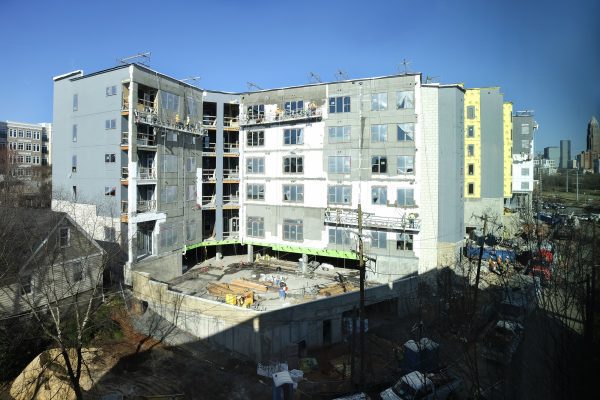Can we revive real meaning of ‘affordable housing’?

In recent years there has been a trend (unfortunate, in my view) among a number of housing professionals and political officials to use the term “affordable housing” only in the context of lower-cost, assisted or subsidized housing. In fact, these three terms that describe housing have grown somewhat out of favor and have been conveniently, but also incorrectly and regrettably replaced by the term “affordable housing.”
This is a misnomer and disservice.
As previously been used, “affordable housing” and “housing affordability” referred to the relationship between incomes and housing costs at many, if not all, economic levels. It was – and still is – important for entry-level nurses or firefighters, for example, to be able to find suitable, affordable housing roughly commensurate with their incomes. If such housing was scarce or not available, this market imbalance became of concern not only to consumers and providers but also to elected officials and economic developers, because reasonably affordable housing is imperative to a good quality of life.
Thus, those entry-level workers making, say, $35,000 a year could afford a $950-a-month apartment, based on qualifying criteria used by many firms. In urban North Carolina today, even new one-bedroom apartments are frequently bumping the $1,300-per-month level, while new two-bedrooms are commonly at or above $1,600. This is a result of escalating land, material, labor and operating costs, alongside strong demand from higher-income households. Even in the so-called middle-market of existing apartments, one-bedrooms typically rent for $900, and two-bedrooms rent for $1,050 (median levels). While the problem is not at a crisis level, there is concern among many that affordable housing is getting more difficult to find as the wages of existing and relocating workers sometimes do not keep up with housing costs, in both for-sale and rental markets. It is well-known that in California and other high-cost housing markets, many consumers spend upwards of 40 percent of their income on shelter.
At lower income levels, the problem of housing affordability can be more acute. For example, the retail clerk who makes $25,000 a year will be hard-pressed to afford even a $700-per-month apartment, and few market-rate rentals in sound condition are available at this rate. At even lower income levels, a gap exists between what the household can afford and what the market can deliver. The underlying, structural problem is neither greedy providers nor lazy consumers but a gap between the buying power of low wages and the fair cost of housing.
For households with annual incomes of substantially less than $20,000, some sort of subsidy is usually needed in order to bridge that gap. Using vehicles such as the federal Low Income Housing Tax Credit and HUD rent subsidy programs, housing providers can help lower-income consumers with the problems of housing affordability by either lowering the cost of development or by supplementing the consumers’ rent. Surely, for workers making minimum wage and those with annual incomes in the $15,000 range, some form of assistance can help deliver housing that is neither overcrowded nor in marginal condition. The nonprofit and government agencies that act as advocates for these consumers are highly motivated to act on behalf of their clients and should be commended. Because of the economic gap between ability to pay and the market costs of housing at the low end of the market, the plight of these housing consumers is the most visible and compelling.
There are at least two reasons the term “affordable housing” is increasingly being used to describe lower cost or assisted housing. First, it is a code word of sorts that may not trigger the negative reaction among neighborhood groups and others that “subsidized” housing unfortunately often brings about. And whether intentional or not, the term serves to address the economic gap, since with a subsidy the housing becomes more affordable to the consumers in question.
The problem with this somewhat narrow use of “affordable housing” is that it completely overlooks the broader, historic and useful term that describes the degree of housing affordability throughout the marketplace. So, while it might be late in the game to get lower-cost housing advocates, elected officials and even local housing providers to quit using “affordable housing” in the wrong context, reverting to a broader definition would help bring about greater clarity when we talk about housing needs and housing markets.
Ken Szymanski is executive director of the Greater Charlotte Apartment Association. This article is republished from Apartment Times, a bi-monthly magazine published by the Greater Charlotte Apartment Association.
Opinions in this piece are those of the author and not necessarily those of the UNC Charlotte Urban Institute or the University of North Carolina at Charlotte.